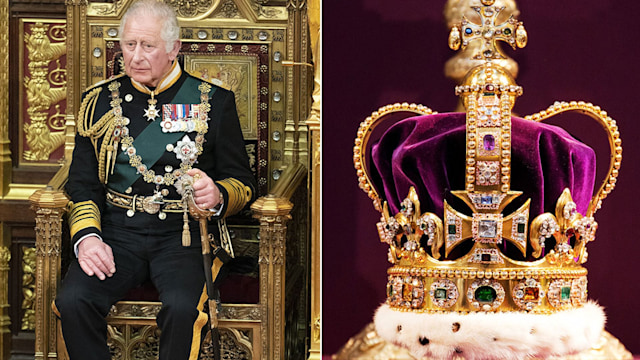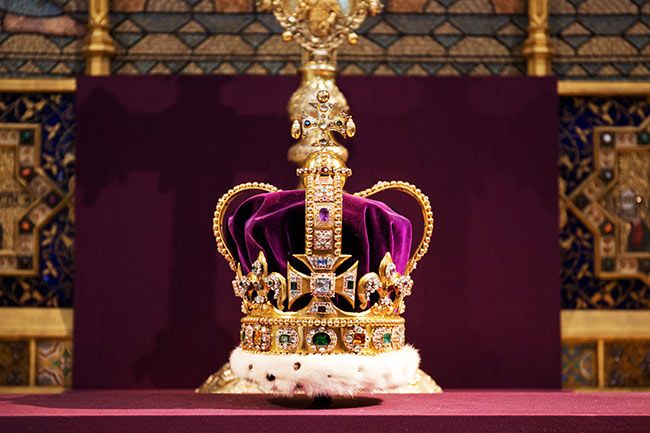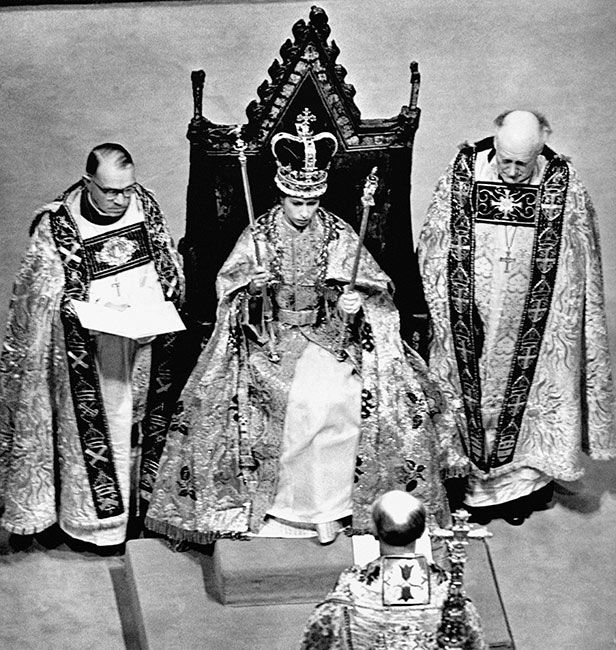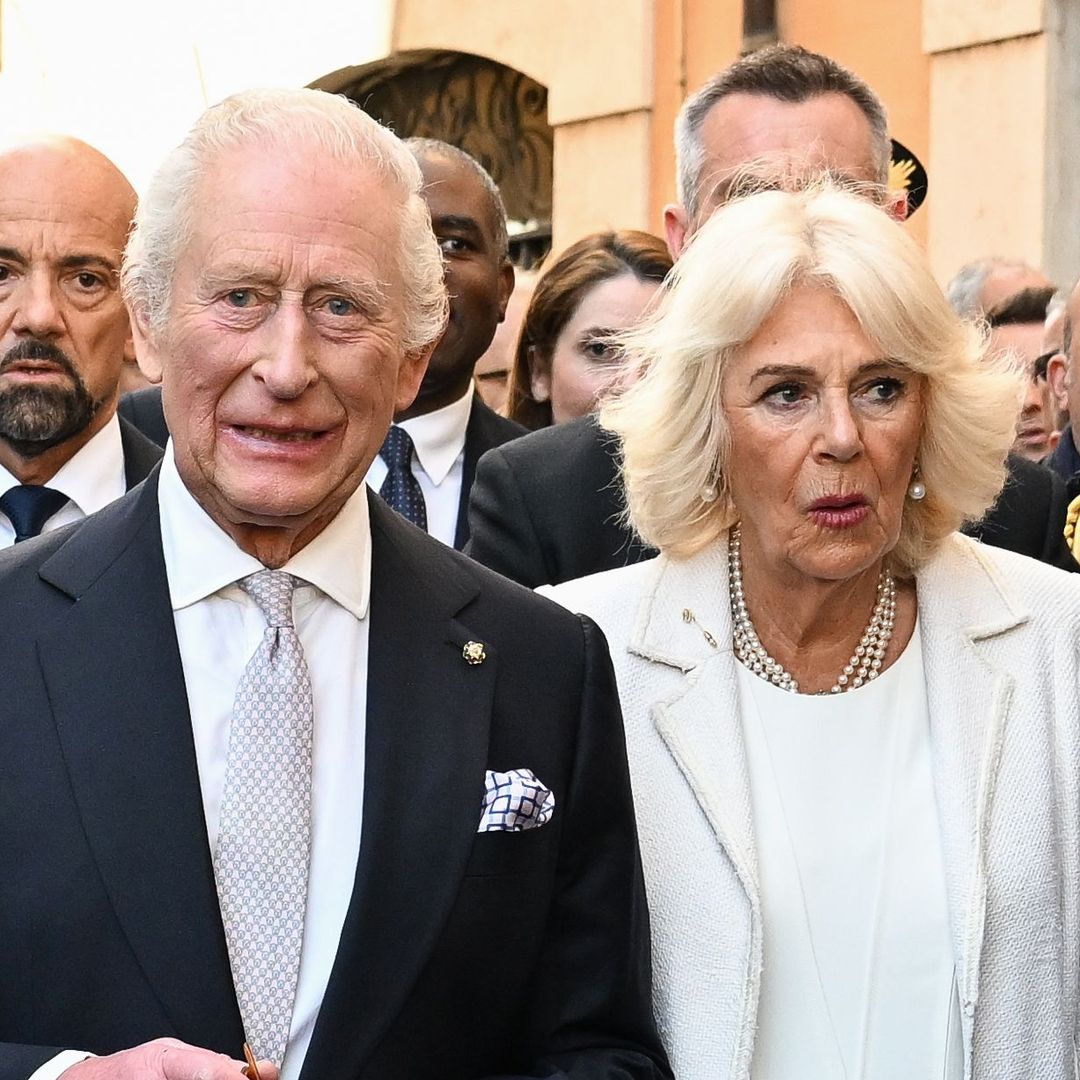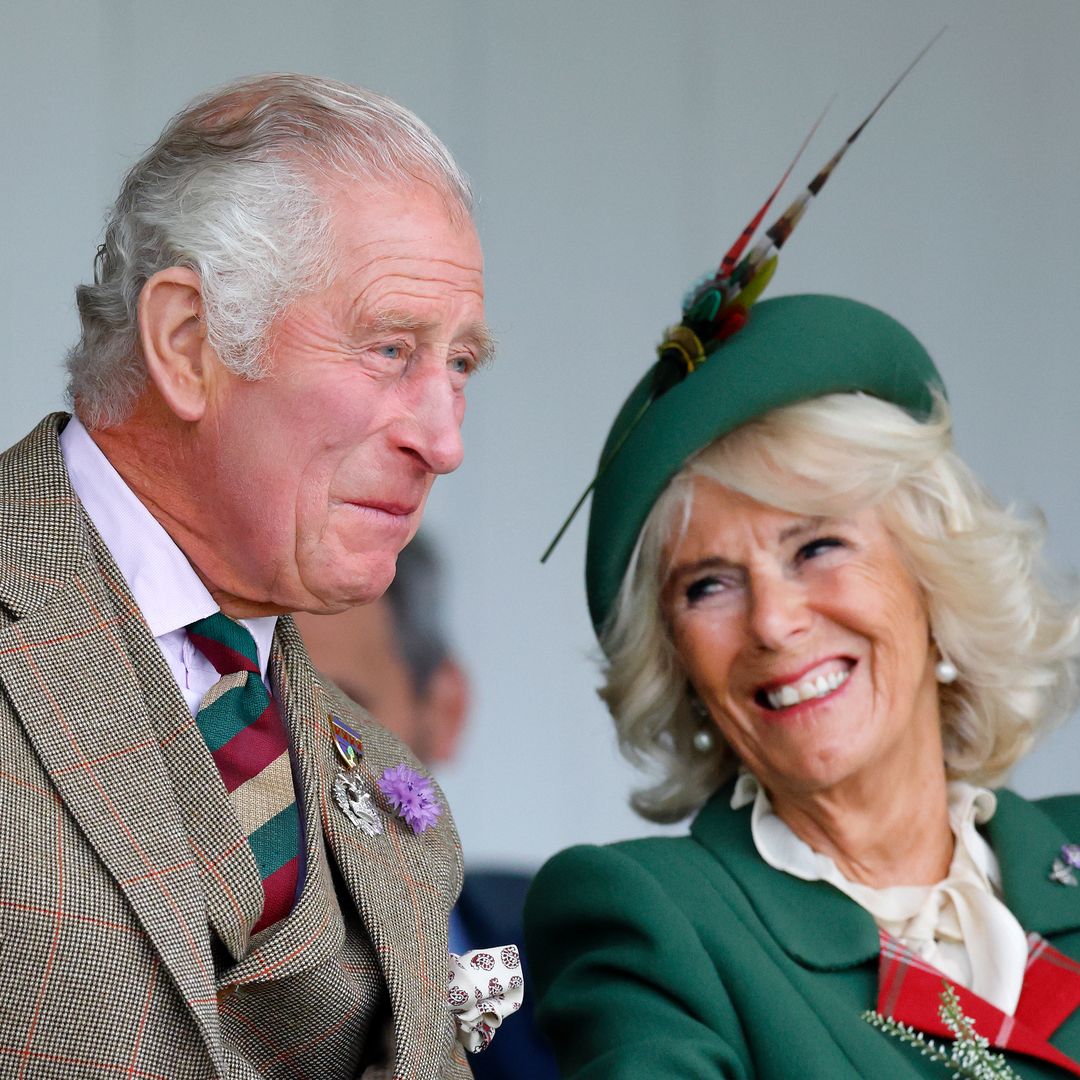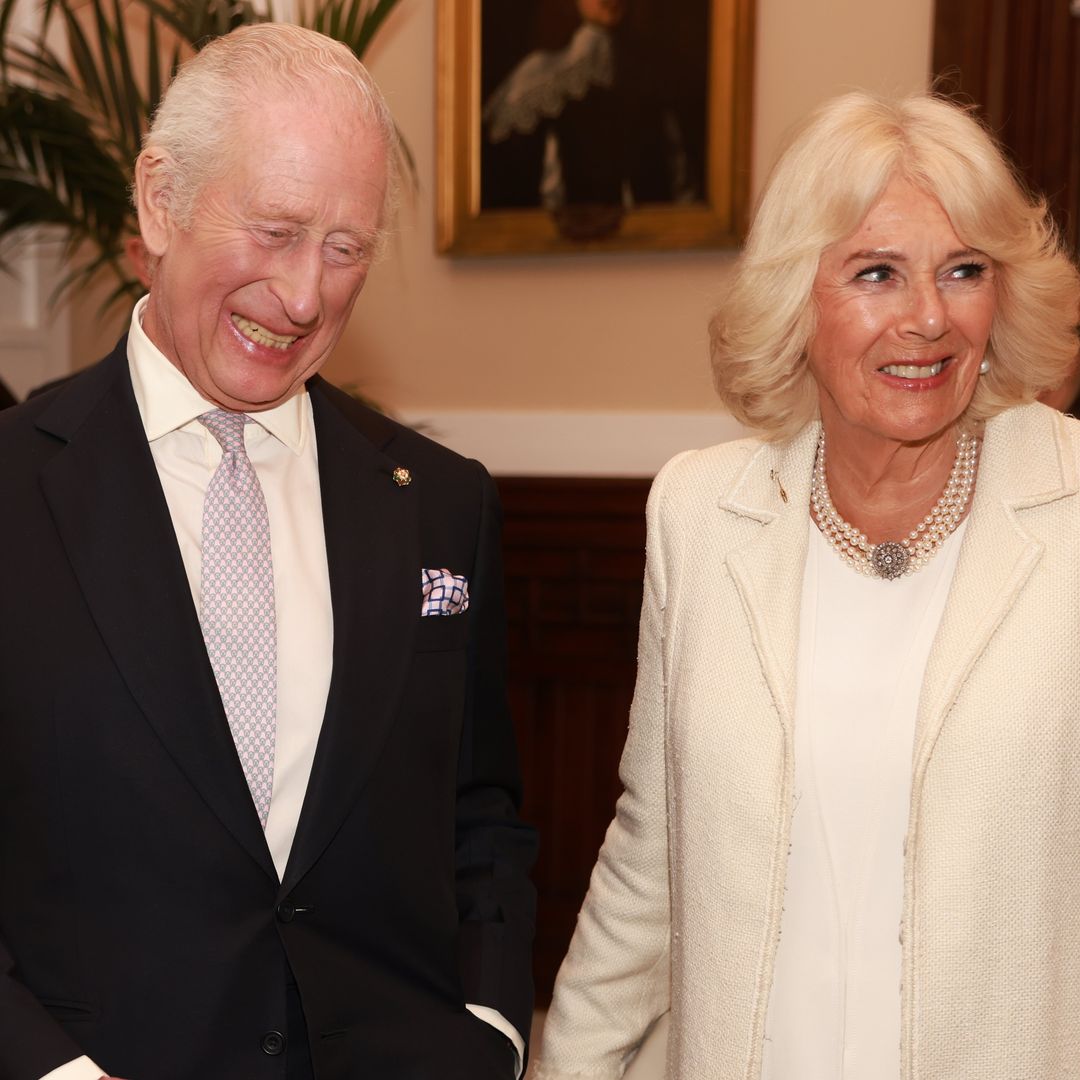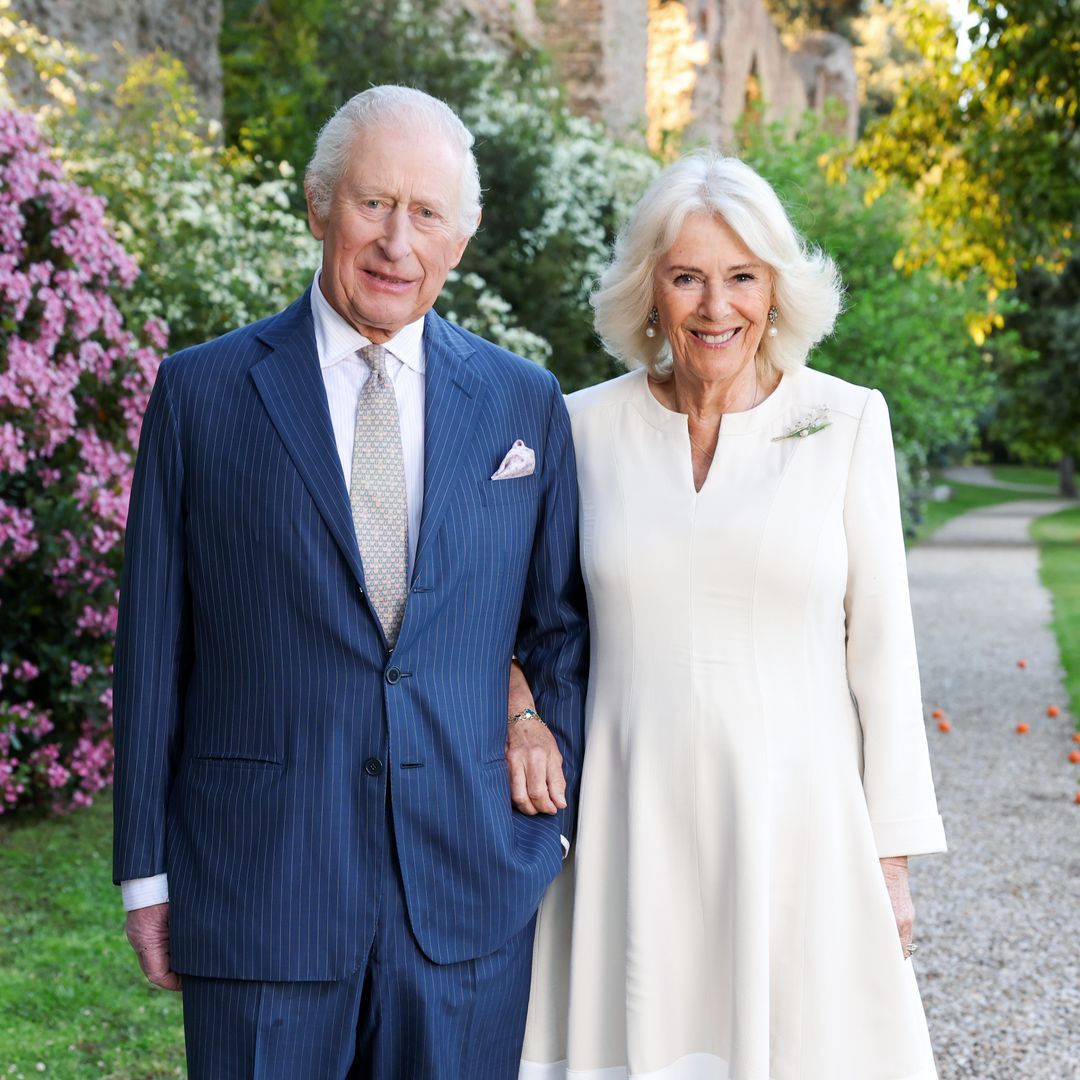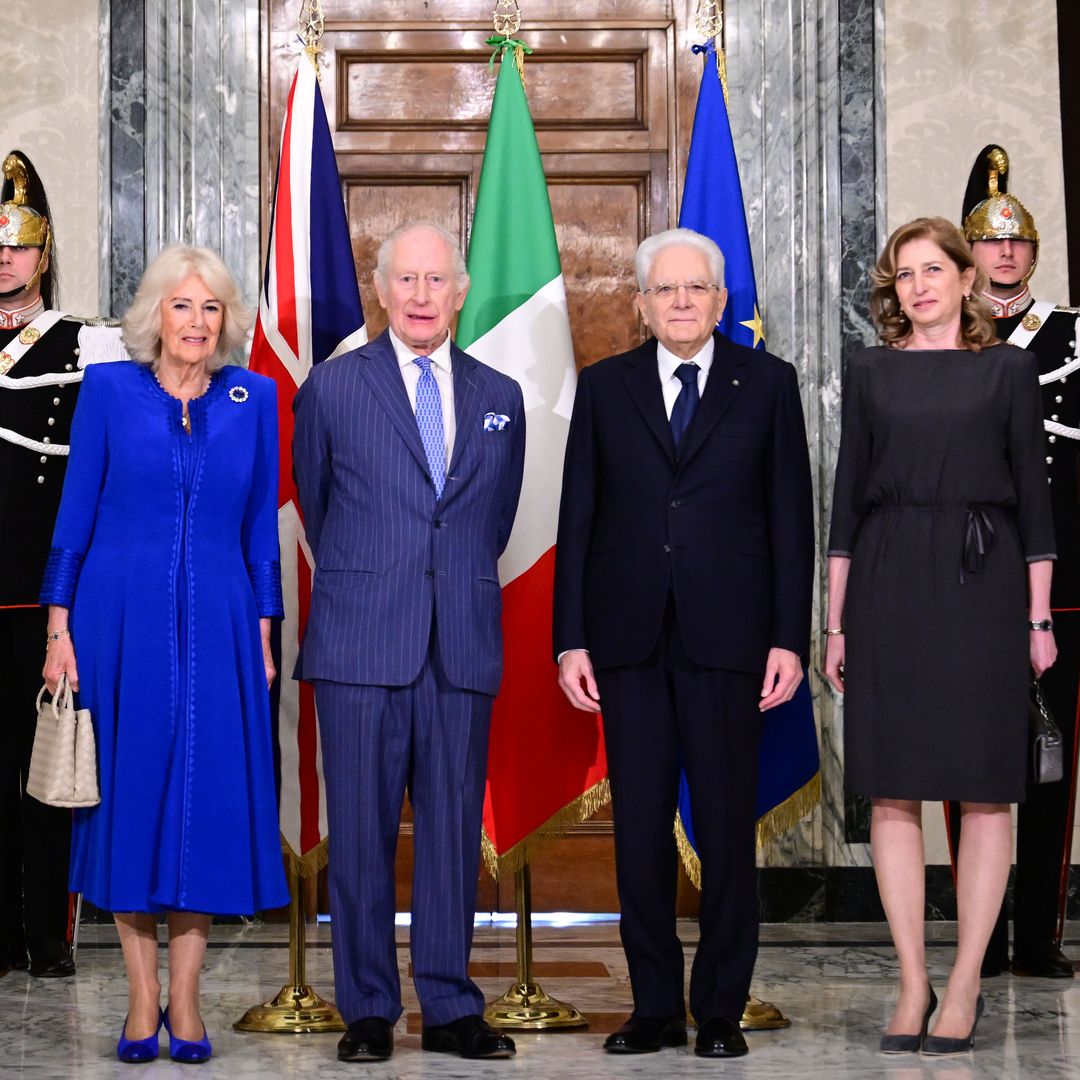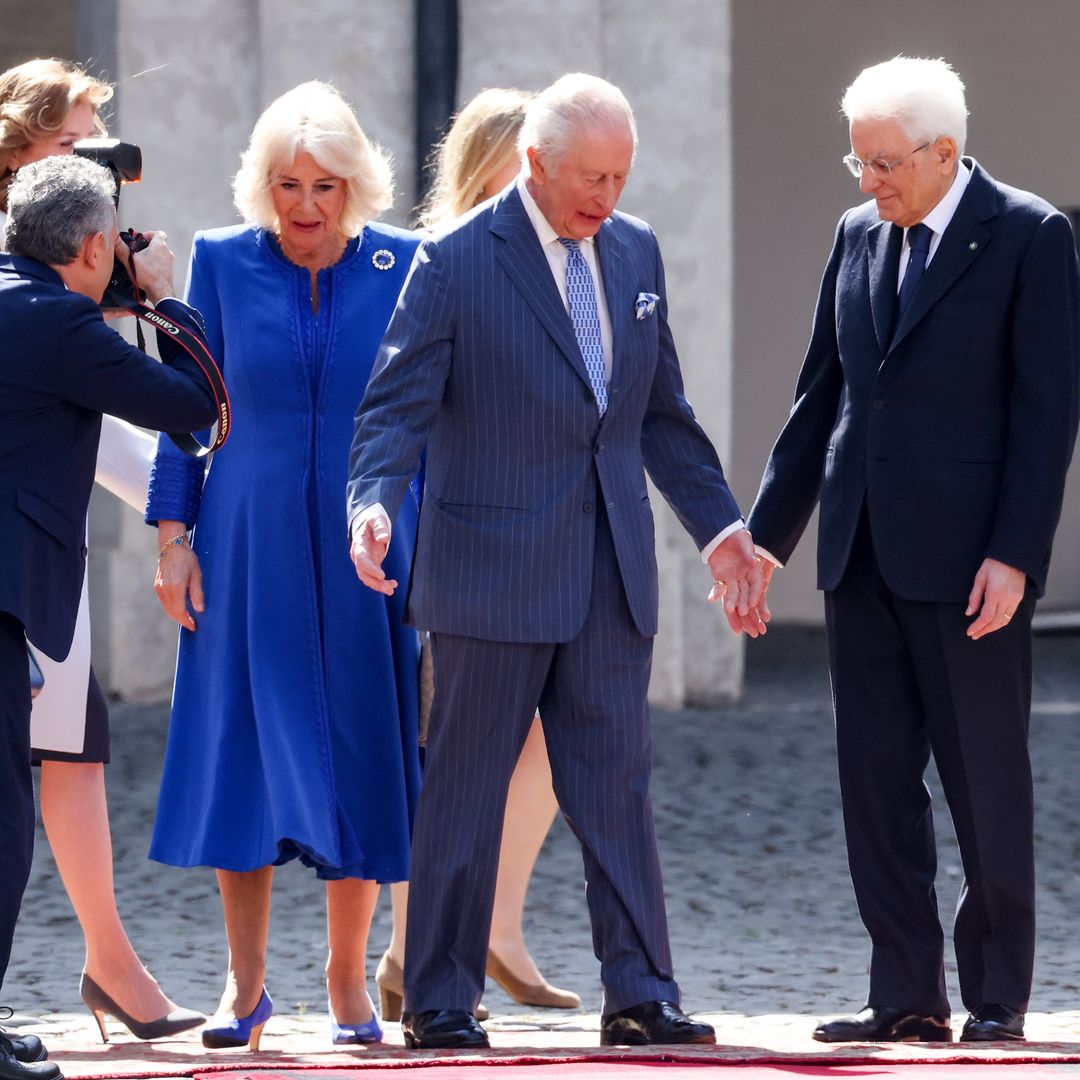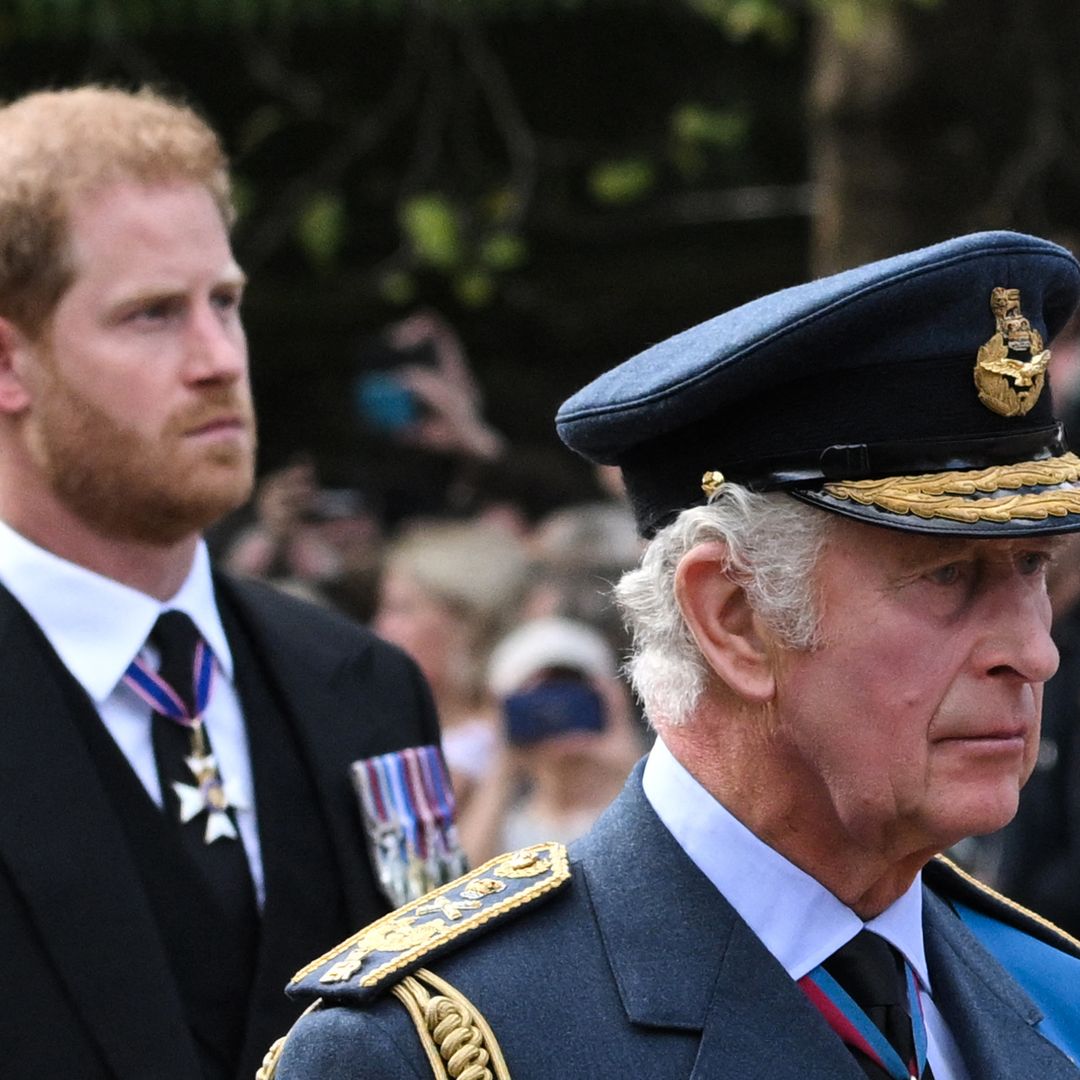Steeped in history and tradition, St Edward's Crown is one of the most iconic symbols of the British monarchy. King Charles III will follow British royal history by wearing the St Edward's Crown for his coronation before putting on the Imperial State Crown to leave Westminster Abbey at the end of the ceremony.
Like Queen Elizabeth II, the King will wear the Imperial State Crown at the opening of Parliament, as well as on other official occasions. But what do we know about the 400-gemstone St Edward's Crown?
WATCH: What will happen at the King Charles III's coronation?
Dating back to 1661, this magnificent piece of jewellery has been used in the coronation of every British monarch since the coronation of King Charles II.
At first glance, the gold crown - which was made by crown jeweller Robert Viner - features a glittering display of precious stones, including rubies, sapphires, pearls, tourmalines, topazes, rubies, amethysts, garnet and aquamarines.
It is a work of art, crafted by the finest goldsmiths of the time and set with 444 precious and semi-precious stones.
MORE: The six ancient traditions of King Charles' coronation revealed
DON'T MISS: King Charles III's coronation - details about service, concert and more
St Edward's Crown is one of the most iconic pieces of jewellery in British history
However, it's not just the craftsmanship that makes St Edward's Crown so special. It is named after King Edward the Confessor, who was crowned with a similar crown in the 11th century.
SEE: Royal wedding tiaras: See the spectacular looks worn by the world's princess bride
As one of the oldest symbols of the British monarchy, it holds a significant place in the nation's history. According to the Royal Collection Trust, the iconic crown was a "replacement for the medieval crown which had been melted down in 1649, by the Parliamentarians, and which was thought to date back to the 11th century royal saint, Edward the Confessor (St Edward), the last Anglo-Saxon king of England.
The late Queen wearing the St Edward's Crown at her coronation
"Although the crown follows the original in having four crosses-pattée and four fleurs-de-lis, and two arches, it was not a reproduction of the medieval design."
The newly-crowned monarch will place the crown on his head, signifying his ascent to the throne. The crown will then be returned to the Tower of London, where it will remain until the next coronation.
Today, St Edward's Crown is one of the Crown Jewels on display at the Tower of London for all to see.
Make sure you never miss a ROYAL story! Sign up to The Royal Explainer newsletter to receive your weekly dose of royal features and other exclusive content straight to your inbox.
